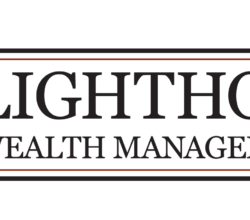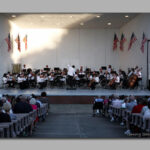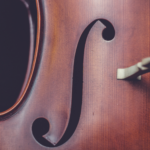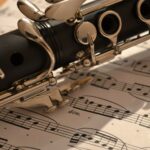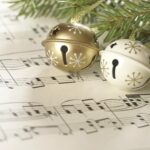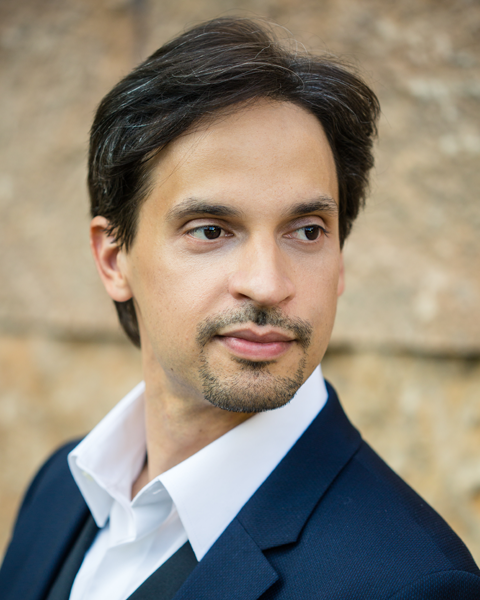BRAHMS, Johannes: Symphony No.1, op.68, C minor
Instrumentation: 2 Flutes, 2 Oboes, 2 Clarinets, 2 Bassoons, Contrabassoon, 4 Horns, 2 Trumpets, 3 Trombones, Timpani, Strings
Duration: Approximately 45 minutes
“This is a chosen one.” Robert Schumann so characterized Johannes Brahms in his famous article that introduced the young Brahms to the public. Little did he know! Brahms went on to become the last great successor of the artistic mantle of musical Classicism that led from Joseph Haydn, through Mozart, Beethoven, and Schubert. That’s taking the rather narrow view, of course, for there were others who followed who revered the classical attributes of restraint, balance, clarity of form, elegance, and general equipoise that came to characterize the collective features that came to be known as classical style. And they stand in clear contrast to the sweeping trends and excesses of musical Romanticism that came to dominate European music until the cataclysm of World War I.
Simply put, the composers of the nineteenth century after Beethoven tended to divide themselves into two groups. The progressives were true “Romantics,” and were greatly influenced by the extra-musical ideas that were the subjects of contemporary literature, poetry, and painting, among others. They devised new genres, such as the tone poems of Smetana and Liszt, the music dramas of Wagner, and the characteristic piano pieces of Chopin. Much of this music, to use a phrase still common among seekers of meaning in music, was about “something”–meaning something familiar to human experience. Liszt and Wagner, et al, while respecting the music of the past, saw no future in continuing that tradition.
Others, Brahms most significantly, still adhered strongly to the musical philosophically oriented musical style of Beethoven. He and other conservatively minded musicians held that the traditional forms of sonata, concerto, and symphony had not nearly exhausted their viability, and that music should continue to speak in an integrated language that referred to itself, alone, and certainly not to extra-musical ideas. So, he and his ilk continued to write “pure,” or “abstract” music, like sonatas and symphonies (a so-called symphony is just a sonata for orchestra). Today, most of those who compose, perform, and listen to art music see no contradiction at all in valuing both broad aesthetic viewpoints—so we enjoy the best of both worlds.
The example of Beethoven’s music loomed overwhelming for Brahms, and he waited for decades to essay his first symphony, completing it in 1876, when he was forty-three years old. Brahms was probably the most conscientious and self-critical of all the great composers and worked on this symphony for about two decades. It garnered sufficient early success to be deemed the “Tenth,” referencing Beethoven’s nine in that genre, although it really bears more comparison with Beethoven’s fifth symphony. It has stood the test of time sufficiently to no longer bear comparisons to any of Beethoven’s works and is now one of the monuments of the greatest musical compositions of Western Civilization.
It begins austerely and rather abstractly—timpani pounding away–with simple musical elements that come to permeate the entire first movement. This slow introduction is soon followed by the faster movement proper, which weaves a tapestry of motivic manipulation, thorough integration of ideas, and masterful polyphonic textures. You are not likely to walk away whistling the tunes, but rather with the feeling that you have heard music that offers more details to enjoy than one listening can absorb. The second movement opens with an incredibly rich, warm statement by the string section. A subsequent theme is intoned by the solo oboe and then the solo clarinet. Brahms works through these ideas in the same contemplative, pastoral mood and before long, the solo horn announces the coda. But we are glad that the composer takes his time in gently bringing this meditation to a profound and tranquil end. The third movement is a happy jaunt through nature, opening with the solo clarinet. Other ideas are heard, but the initial tune returns from time to time to keep us on track. A skipping middle section in six-eight time provides some diverting, yet optimistic activity, but soon our familiar first section returns—suitably varied, of course. And then this sunny diversion is over before you know it.
Notwithstanding all of the treasures of the first three movements, the last movement is the star of this symphony. It begins ominously, and with a bit of uncertainty as to where it will take us, but that is soon cleared up by the glorious solos in the horn (inspired by the Swiss alphorn—think of Ricola commercials on TV) and flute. The famous trombone chorale is heard, letting us know that this is serious stuff, and then we are ready for the main event. A rich, hymn-like theme is heard in the low register of the strings (you will be able to sing this one), and we are off. What follows is a treasure trove of distinct and ingratiating themes, all of which are worked through such as to engender an almost overwhelming anticipation of the spacious and grand ending. The chorale, first heard softly at the beginning in the trombones, is reserved for a monumental rendition at the end—an almost overwhelming statement of joy, power, and triumph of the good.
From ominous beginning to exultant end, this glorious work is ample evidence of Brahms’ almost unique combination of profound, emotional feeling combined in eloquent restraint with highest intellectual techniques. It illustrates perfectly why so many orchestral musicians unhesitatingly cite this composer as their deep, personal favorite of them all.
–Wm. E. Runyan
© 2015 William E. Runyan
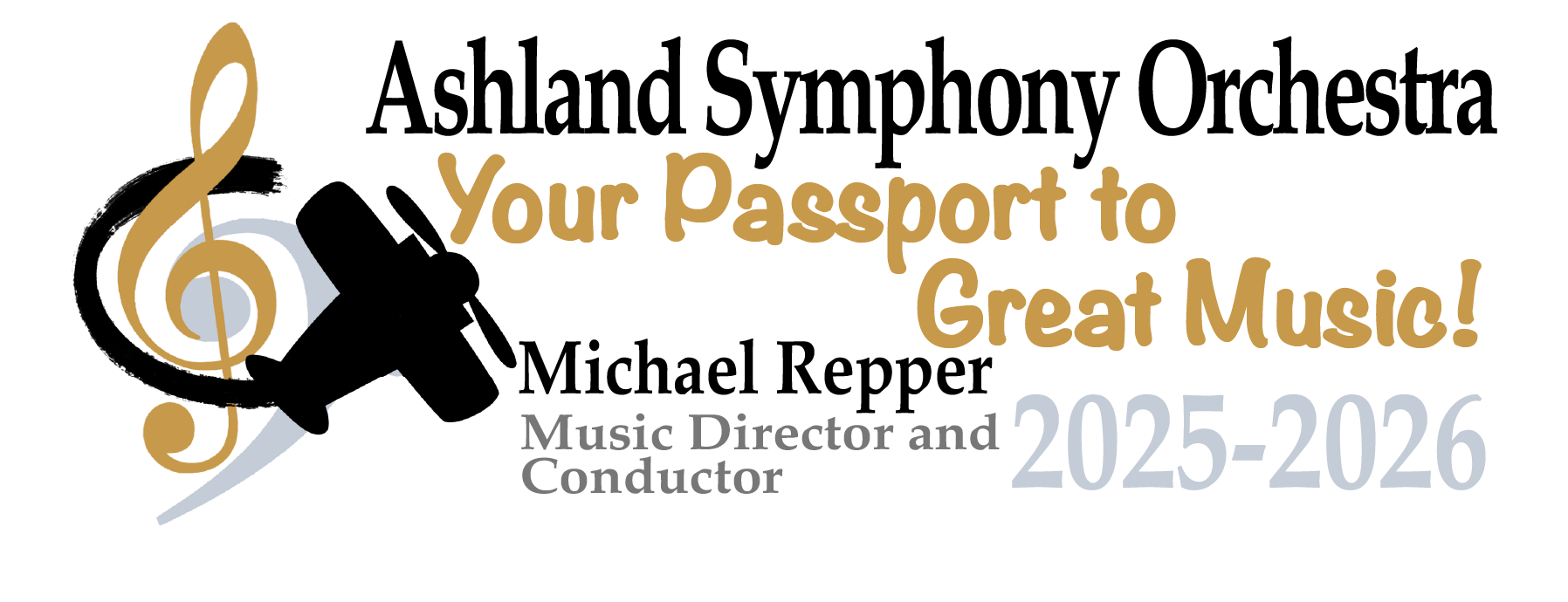
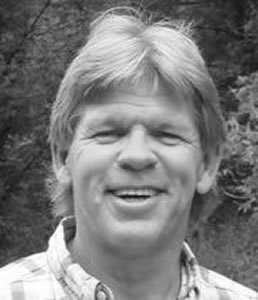 Orchestra. We look forward to seeing and hearing what our Grammy Award winning Music Director and Conductor, Michael Repper, in his second year, has in store for us. Michael’s enthusiasm, talent, and ability to “think outside the box” in dynamic, innovative, and delightful ways were evident in his inaugural year. He and our outstanding musicians presented an array of both familiar and new musical offerings and we look forward to more of that this year. As always, we strive to unite, educate and enrich our community through the engaging and transformative power of orchestral music experiences. We hope you find it inspiring and refreshing. Happy listening!
Orchestra. We look forward to seeing and hearing what our Grammy Award winning Music Director and Conductor, Michael Repper, in his second year, has in store for us. Michael’s enthusiasm, talent, and ability to “think outside the box” in dynamic, innovative, and delightful ways were evident in his inaugural year. He and our outstanding musicians presented an array of both familiar and new musical offerings and we look forward to more of that this year. As always, we strive to unite, educate and enrich our community through the engaging and transformative power of orchestral music experiences. We hope you find it inspiring and refreshing. Happy listening!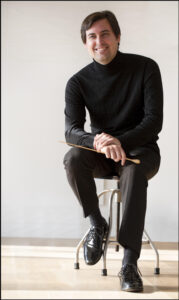 Dear Ashland Symphony Orchestra Patrons,
Dear Ashland Symphony Orchestra Patrons,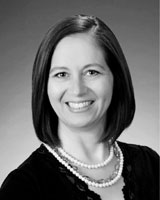 I am excited to be celebrating my 10th season with the ASO! This “Fabulously (un)familiar” season will bring you works by the old masters: Beethoven, Brahms, Mozart, and Tchaikovsky. But you will also hear the world premiere of Stefan Swanson’s Symphony No.2 “Lipsky”, Iubilo by Brian Nabors, Starburst by Jessie Montgomery, and the artistry of the young cellist Aurelia Faidley-Solars, just to name a few of the unfamiliar musical experiences you will have.
I am excited to be celebrating my 10th season with the ASO! This “Fabulously (un)familiar” season will bring you works by the old masters: Beethoven, Brahms, Mozart, and Tchaikovsky. But you will also hear the world premiere of Stefan Swanson’s Symphony No.2 “Lipsky”, Iubilo by Brian Nabors, Starburst by Jessie Montgomery, and the artistry of the young cellist Aurelia Faidley-Solars, just to name a few of the unfamiliar musical experiences you will have.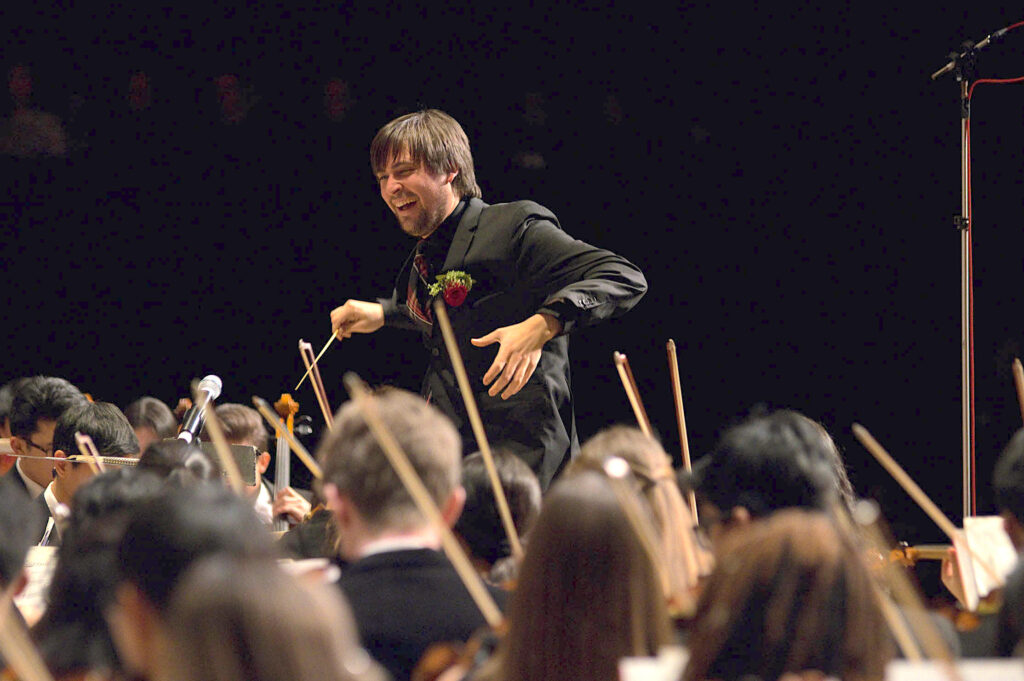 Michael Repper is one of the most sought-after young conductors in the world. With work spanning four continents, Mr. Repper has an international reputation for engaging and exciting audiences of all spectrums, and for promoting new and diverse musical talents. In 2023, he became the youngest American conductor to win a Grammy® Award in Best Orchestral Performance.
Michael Repper is one of the most sought-after young conductors in the world. With work spanning four continents, Mr. Repper has an international reputation for engaging and exciting audiences of all spectrums, and for promoting new and diverse musical talents. In 2023, he became the youngest American conductor to win a Grammy® Award in Best Orchestral Performance.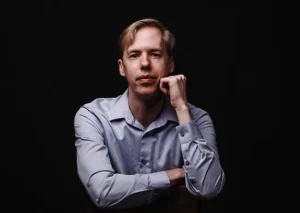
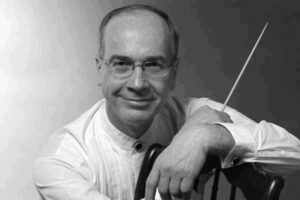 musical competitions allowing him to solo with his town’s orchestra. After this impressive success, he began to appear in concerts throughout Israel and Europe. Mr. Lipsky subsequently began serious study of composition and conducting. His mentors include Semyon Bychkov, Yoel Levi and Kurt Mazur in conducting and Pablo Casals and Leonard Rose on cello.
musical competitions allowing him to solo with his town’s orchestra. After this impressive success, he began to appear in concerts throughout Israel and Europe. Mr. Lipsky subsequently began serious study of composition and conducting. His mentors include Semyon Bychkov, Yoel Levi and Kurt Mazur in conducting and Pablo Casals and Leonard Rose on cello.
